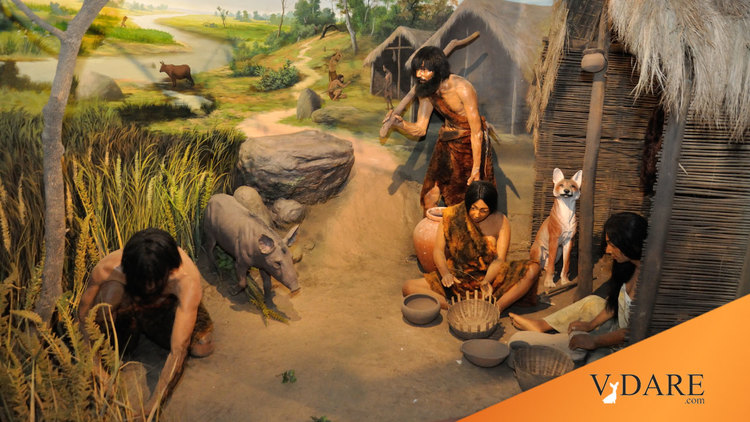


By Steve Sailer
06/20/2022
From Frontiers in Genetics:
Front. Genet., 28 March 2022 | https://doi.org/10.3389/fgene.2022.833190
Evolutionary Trajectories of Complex Traits in European Populations of Modern Humans
Yunus Kuijpers, Jorge Domínguez-Andrés, Olivier B. Bakker, Manoj Kumar Gupta, Martin Grasshoff, Cheng-Jian Xu, Leo A.B. Joosten, Jaume Bertranpetit, Mihai G. Netea, Yang Li
Humans have a great diversity in phenotypes, influenced by genetic, environmental, nutritional, cultural, and social factors. Understanding the historical trends of physiological traits can shed light on human physiology, as well as elucidate the factors that influence human diseases. Here we built genome-wide polygenic scores for heritable traits, including height, body mass index, lipoprotein concentrations, cardiovascular disease, and intelligence, using summary statistics of genome-wide association studies in Europeans. Subsequently, we applied these scores to the genomes of ancient European populations. Our results revealed that after the Neolithic, European populations experienced an increase in height and intelligence scores, decreased their skin pigmentation, while the risk for coronary artery disease increased through a genetic trajectory favoring low HDL concentrations. These results are a reflection of the continuous evolutionary processes in humans and highlight the impact that the Neolithic revolution had on our lifestyle and health. …
Both carbon-dated age of origin, as well as latitudinal and longitudinal data, was available for these 827 ancient European samples. Broad time periods were assigned to these samples with the Early Upper Paleolithic era for all samples originating from before 25,000 years before the common era (BCE) standardized to 1950. The Late Upper Paleolithic era follows until 11,000 BCE. The Mesolithic era ranges from 11,000 to 5500 BCE. The Neolithic era ranges from 8,500 to 3900 BCE, and the Post-Neolithic era ranges from 5000 BCE and more recent ages.